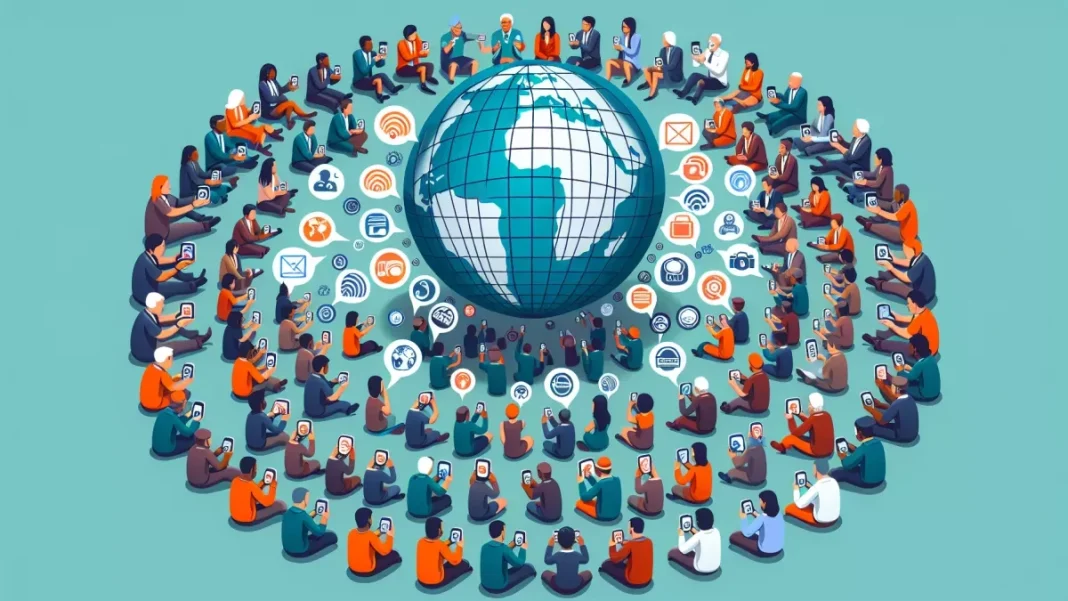Breaking news in 2025 is no longer the sole domain of professional journalists. The rise of Citizen Journalism 2.0 has empowered ordinary individuals to play a pivotal role in news reporting, armed with nothing more than smartphones and social media accounts.
When a major event unfolds—be it a protest, a natural disaster, or a political rally—citizens on the ground often provide the first glimpses. Platforms like TikTok, Twitter, and emerging decentralized apps have become the go-to sources for real-time updates. This grassroots reporting is raw, immediate, and often more personal than traditional coverage.
Technology has amplified the impact of citizen journalism. Live-streaming apps, drone cameras, and wearable tech allow individuals to capture high-quality footage and broadcast it instantly. AI-driven tools help citizen journalists edit videos, verify facts, and translate content in multiple languages, ensuring their stories reach a global audience.
While Citizen Journalism 2.0 has democratized news, it also comes with significant risks. The absence of editorial oversight means that misinformation can spread quickly, and the line between personal opinion and factual reporting often blurs. To address this, collaborative platforms have emerged, where professional journalists work alongside citizen reporters to verify and amplify credible stories.
Ethics and safety are also pressing concerns. Citizen journalists often operate in dangerous environments without the protection or training that professional reporters receive. Ensuring their safety and providing them with resources is an ongoing challenge.
Despite these hurdles, Citizen Journalism 2.0 is reshaping the news landscape. It has given a voice to the voiceless, brought underreported stories to light, and reminded the world that breaking news is, at its core, a collective effort. In 2025, the future of journalism lies not in the hands of the few but in the power of the many.

